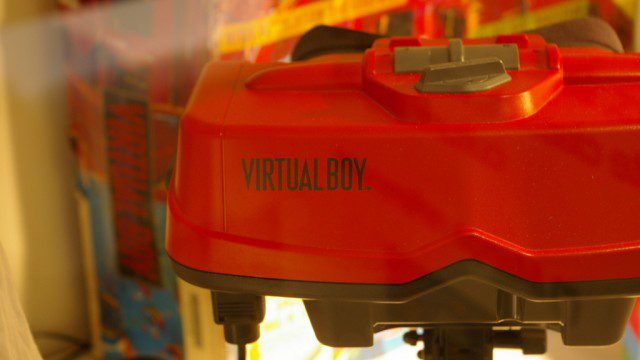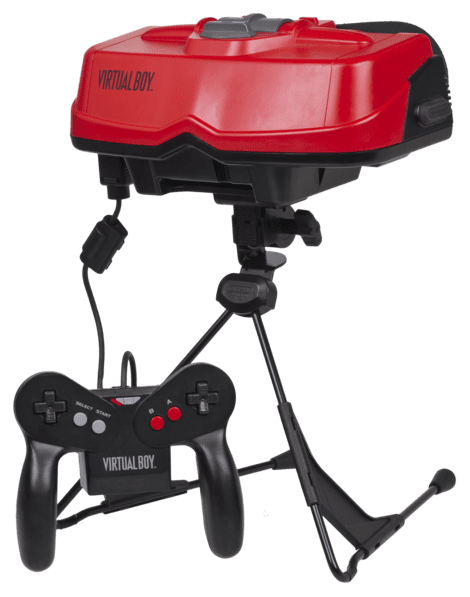Nintendo and Sega had seen much success during the early 1990s with their respective 16-Bit consoles, but the market for games had begun to peter out with the announcement of the next generation of systems. The problem with this was being that the next generation, the 32-Bit consoles, were still a good ways away, leaving a rather sizeable dead period where little money would be made by either company. This, coupled with the fact that Sony, who had once worked with Nintendo to create a CD based add-on to the Super Nintendo, was preparing to launch their Playstation console, thus adding another major player to what was until then, a two player market, dominated by Nintendo and its rival Sega.
Nintendo’s Research & Development 3 (R&D3) was, at the time, hard at work developing the Ultra 64, which would later get a name change to what we know it as today, the Nintendo 64. This left Nintendo’s other two research divisions free to work on new technology and product ideas. It was at this point that the late great, Gunpei Yokoi steps into our picture. At the time, Mr. Yokoi was the general manager of Nintendo’s R&D1 division, and was responsible for the creation of the Game & Watch series, as well as the famed Game Boy handheld console. Mr Yokoi and his team at the time, had been working on the spiritual successor to his Game Boy. This project would eventually be come to be known as the Virtual Boy.
Nintendo big-wigs on the other hand, saw the Virtual Boy as merely a stopgap, that could fill the downtime they were facing prior to the release of their next home console, rather than a new core system. Sega, likewise, had a similar idea with the numerous expansions and attachments to its Genesis/ Mega Drive system. The Virtual Boy on the other hand, would provide something new and unique, while keeping the Nintendo name in the public eye and in homes. Nintendo went on to create a huge marketing push centered around Mr. Yokoi’s novel creation, spending upwards of 25 million dollars with early promotional activities, a then unheard of amount, especially for a portable system.
Mr. Yokoi on the other hand, was not happy with the push, not only from marketing, but from Nintendo itself to get his console out in a hurry. He wanted more time to develop the technology, as he felt it was not ready for market, or up to the standards that he and his team wanted. Nintendo on the other hand, wanted an affordable console, out in a hurry and demanded the team use low-cost components to finish the Virtual Boy. The R&D1 team was forced to use red LEDs, due to them being relatively cheap at the time, even though their original intention was for a full color display, like they had shown during initial testing. Even after all these cost cutting measures, and the technological sacrifices made by Mr. Yokoi and his team, Nintendo still priced the Virtual Boy at a whopping $180. In relation, the Nintendo 64, a full-fledged home console was priced at $199 upon its release not long after. Mr. Yokoi never intended the Virtual Boy to be released in the form that made it to market, and even after its release and stunning failure, being on the market for less than a year, Nintendo placed all the blame on Mr. Yokoi, even going as far as having him demo the unit onstage, something that was unheard of for a high level executive at the time. The whole debacle of the Virtual Boy, and his treatment by Nintendo lead Yokoi to leave the company for rival Bandai, where he would go on to create the Wonderswan handheld system before his untimely death in a car accident in 1997.
The Virtual Boy has gone down in history as one of the worst consoles of all time. The thing is, the technology it was based on was ahead of its time in its original form. Mr. Yokoi saw the technology as something unique, and something that not only would be difficult for competitors to emulate, (R-Zone anybody?) but would also boost Nintendo’s reputation as an innovator in the field.
In recent years Nintendo has once again come back to 3D with the launch of the Nintendo 3DS portable system, and even went as far back having a working Game Boy Advance SP running in 3D. Who knows how things would have turned out, and where we would be today had Mr. Yokoi had the chance to see his original vision come to life.
Follow us on Facebook


